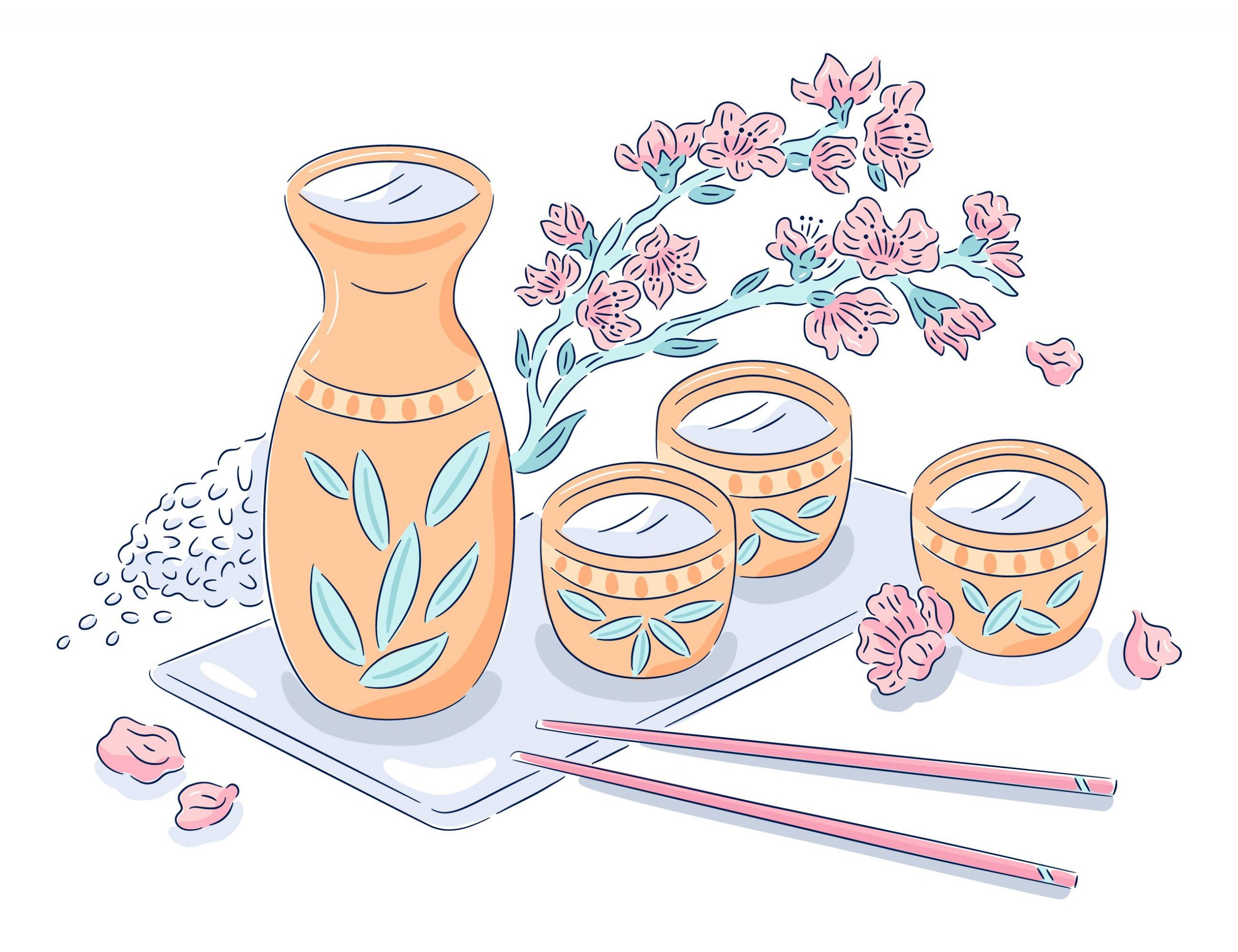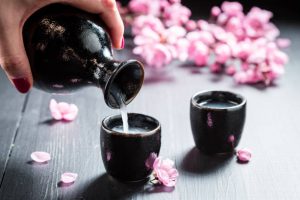
A Beginner’s Guide to Sake
Chances are you’ve probably heard of the term “sake”. Not surprising, considering how famous this Japanese drink is.
What Is It?
Outside of Japan, the name means a specific alcoholic drink. In Japan, however, the term literally means “alcoholic drink”. A blanket name covering just about any alcoholic drink. In Japan, the drink we know as sake is called nihonshu (“wine of Japan”) or seishu (legal term). Sake is made from fermented rice. And like most other alcoholic drinks, there are so many variations and types of ‘nihonshu’. Nihonshu’s alcohol content is between 15% and 20%.
Key Terms to Know
Koji
Koji is a mold that converts starch into sugar.
Seimaibuai
The main ingredient to make nihonshu is rice. Before making the drink, the rice must first be ‘milled’ or ‘polished’. This process is done to remove the grain’s outer layer, thus exposing its starchy core. How much of the grain is polished off is called seimaibuai. Let’s use an example. Let’s say you see a nihonshu bottle that says “60% seimaibuai”. A bottle with a 60% seimaibuai means it is made of grains of rice with 40% of its parts removed. If it is 50% seimaibuai, it means half of the grains are removed. And so on. A good nihonshu is typically polished to about 50% and 70% (polishing off between 30% and 50%). The more of the grain is polished, the higher the drink’s classification level.
Junmai
This term means “pure rice” in Japanese. There is pure rice nihonshu and there is non-pure rice nihonshu. When you see a nihonshu bottle with “junmai” on it, that means the drink was brewed using only rice, yeast, water, and koji with no addition of alcohol or sugar. Likewise, a bottle without “junmai” means it has additives.
Types of Sake

Junmai (at least 70% seimaibuai)
A type of nihonshu that is made of pure rice with no additives whatsoever. Junmai tends to have an intense flavor that is slightly acidic.
Daiginjo and Junmai Daiginjo (at least 50% seimaibuai)
A super-premium nihonshu. It has a nice complex yet light flavors and aromas.
Ginjo and Junmai Ginjo (at least 60% seimaibuai)
A premium nihonshu. This nihonshu often has a fruity, light, yet complex flavor, thanks to the amount of removed grains, lower fermentation temperatures, and special yeast.
Honjozo (at least 70% seimaibuai)
Honjozo contains a small amount of additives in the form of distilled brewers alcohol. Honjozo is often easy to drink and light.
Futsushu (70% to 93% seimaibuai)
Also known as table sake, it is a nihonshu with a strong flavor.
How to Enjoy the Exquisite Drink
Sake can be enjoyed in many ways. Want to do it the traditional way? Use a traditional small cup. Less formal or wanting to enjoy the aroma? Use a wider vessel instead. Nihonshu can be enjoyed both hot and cold.
Now you know more about this Japanese alcoholic drink, ready to taste yourself? We have a range of sake variations just for you.
Treat yourself to the sake premium collection and enjoy quick, convenient delivery straight to your home with Red and White Shop. Shop now and savor the best beverages available.




